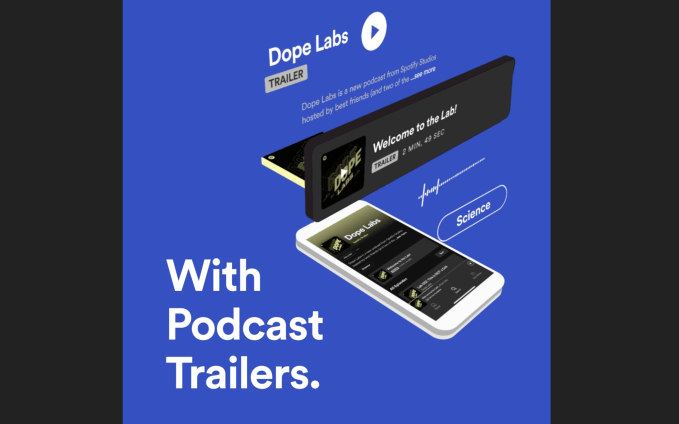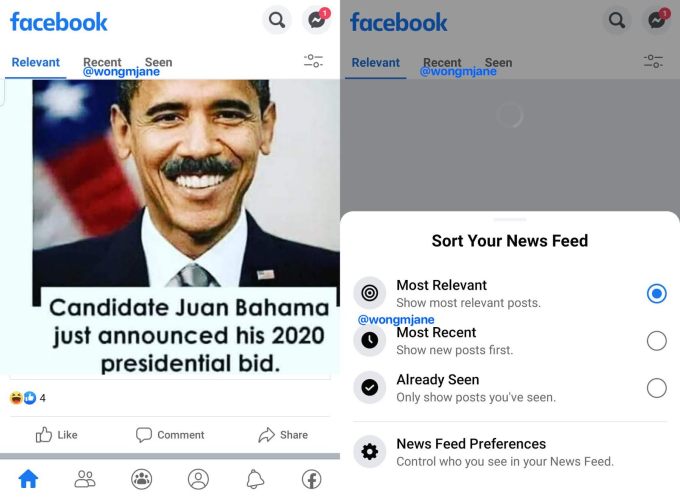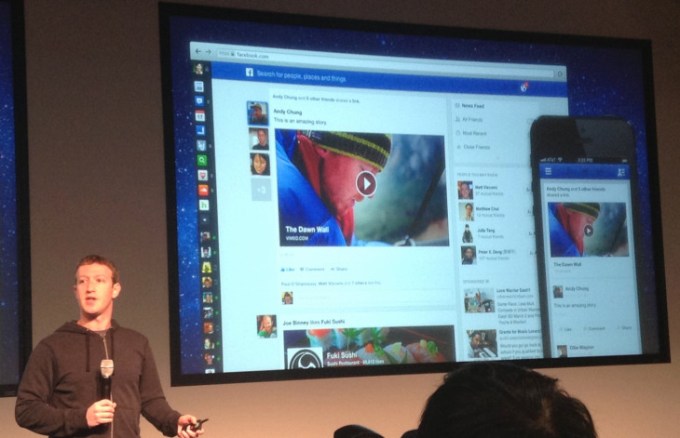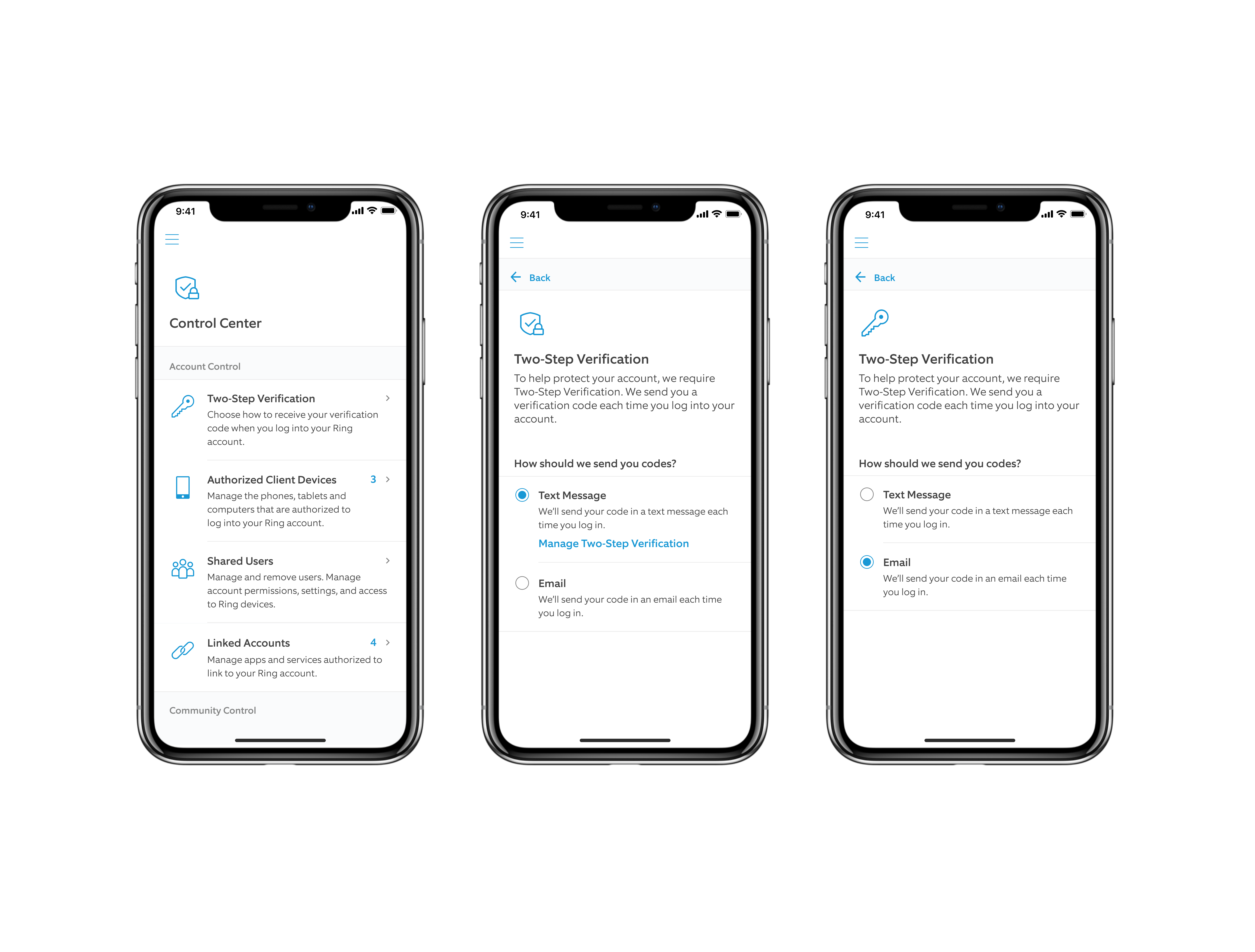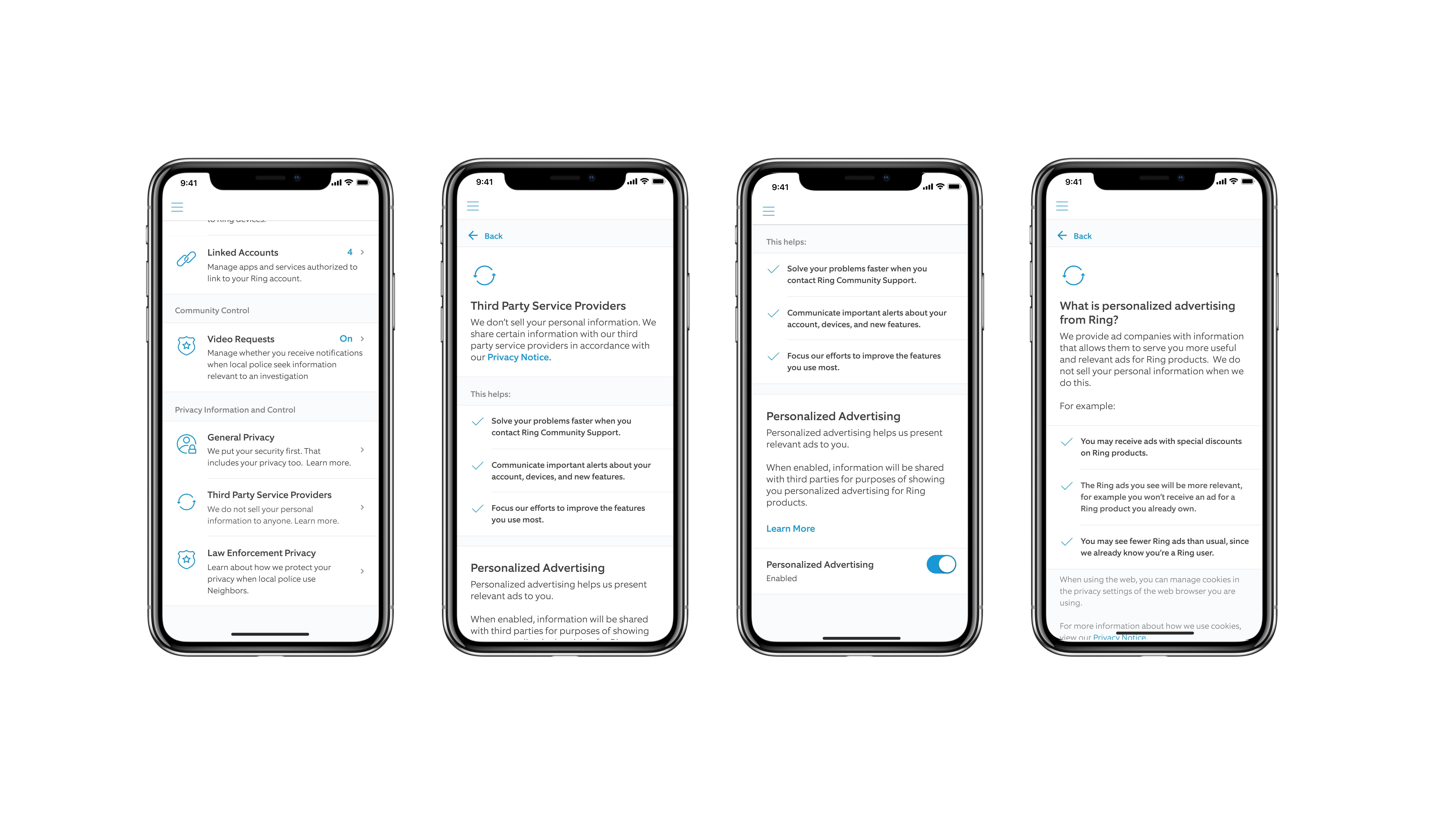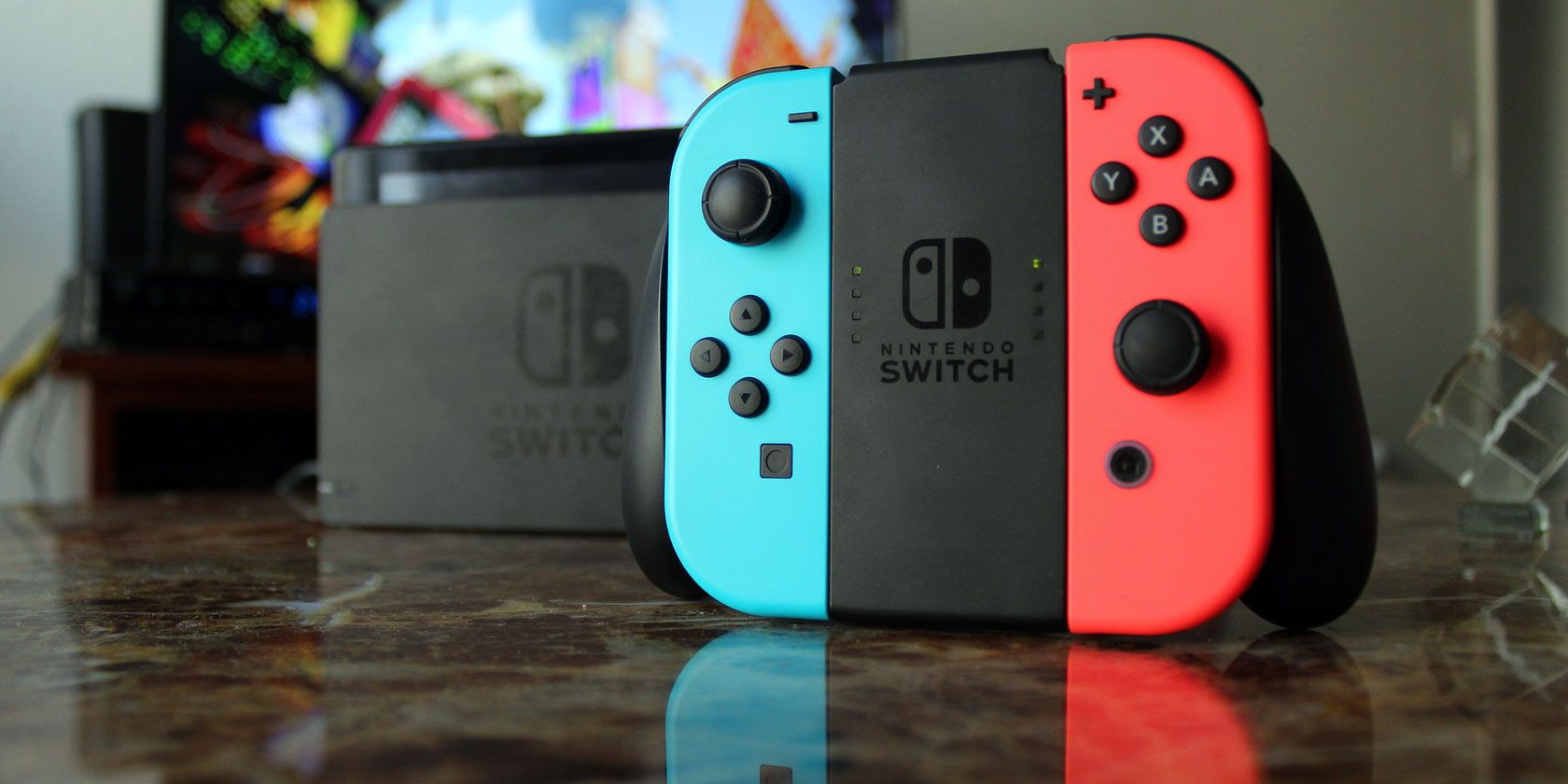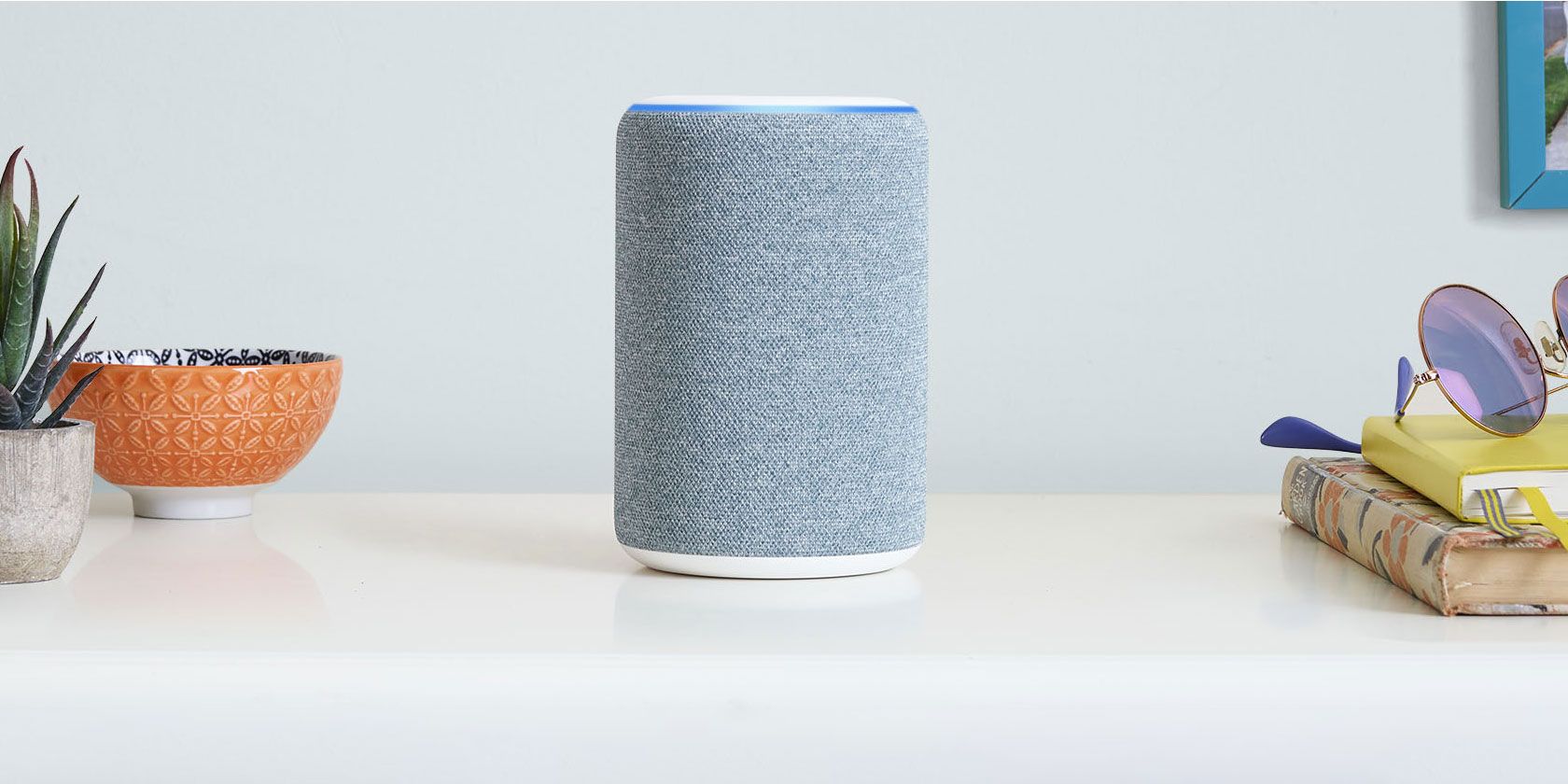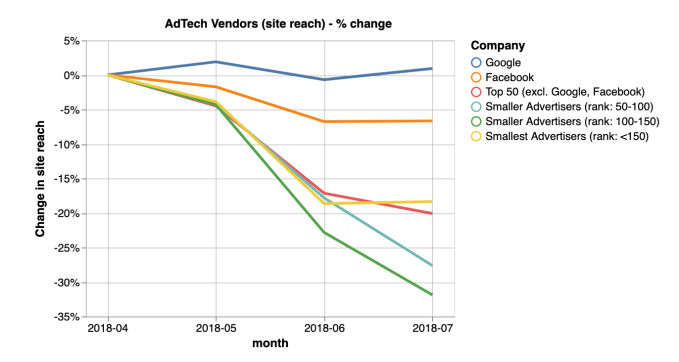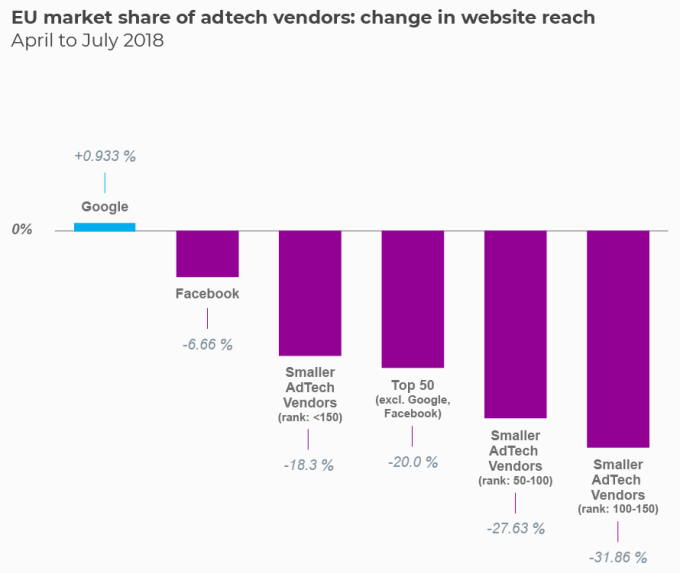Do you look forward to solving a crossword puzzle every day? You’ve come to the right place to find the best apps for any crossword fan.
The best crossword puzzles still appear in newspapers and magazines. But publishers are getting a little weird about it. For example, The New York Times now requires a separate subscription for the crossword online, even if you subscribe to the newspaper already.
In this article, we won’t be talking about the best free crossword apps. Instead, you’ll find the best apps for fans to get their daily crossword fix, a few apps for hints and guides, and a chance to solve the world’s biggest crossword.
1. The Crossword Fiend (Web): The Best Daily Newspaper Crosswords
![The Crossword Fiend reviews daily crosswords]()
The Crossword Fiend has daily and weekly round-ups of the best daily puzzles, complete with download links that you can solve on your own. It also has a daily review of these popular crosswords, sometimes with hints for tough clues in the original.
Currently, the website lists daily puzzles from The New York Times, The Wall Street Journal, Los Angeles Times, Newsday, Puzzle Society, Universal Daily Crossword, along with several other weekly crosswords from other publications. You can open the original link or download them as PDF files or PUZ files.
Specialized crossword apps open PUZ files, which you’ll find in the next section. The default Adobe PDF reader now lets you edit files too, but there are several other free PDF editors worth trying.
Also check out the Links page for a treasure trove of pages that every crossword geek will love, including other sites, comics, recommended software, and more.
2. Crossword Solver (Windows, macOS), Alphacross (Android) and Across Lite (iOS): Import and Solve Crossword Puzzles
The default digital version of a crossword puzzle has its own file format: PUZ. Alphacross is one of the best Android apps to support these files, and Across Lite is highly recommended by iOS users. For desktop users, Crossword Solver is an excellent free program.
Once you download a PUZ file from a source like The Crossword Fiend, import it into the program. It’ll retain the full format of the puzzle, with features like clicking a number to see the corresponding clue or vice versa. These programs make the puzzle experience much better on screens, especially compared to PDFs.
The apps also support automatic downloads from popular crossword sources. The NYT crossword usually requires a subscription. Once you get used to the apps, you can start searching the web for original puzzles from crossword enthusiasts.
Download: Crossword Solver for Windows | macOS (Free)
Download: Alphacross for Android (Free)
Download: Across Lite for iOS (Free)
3. Cryptic Crossword Tutor (Android): Learn How to Solve Cryptic Crosswords
In a regular crossword puzzle, you try to find a word that means what the clue says. But there’s a different type of crossword that tests lateral thinking. Cryptic crossword puzzles are all the rage, but you might need a few lessons on its basic elements to solve it.
Cryptic Crossword Tutor (CCT) teaches the fundamentals of this genre in a simple format. The tutorial has three parts. In Basics, you will learn the difference through an example of how both types of crosswords would give a clue for the same word. There’s a cool “tap to reveal answer” button that makes the lesson fun and interactive.
The second part, Devices, is critical to solving cryptic crosswords yourself. It explains the various word-play mechanics like anagrams, acrostics, homophones, reversals, and the dreaded question mark. Finally, the Advanced section dives deep into some of the popular tricks in cryptic clues.
CCT also has a cryptic clue solver, but it didn’t work well when we tried it out. There are also solvers for anagrams and Wordfit puzzles, but you’ll find better apps for those. Stick to using this app to learn about cryptic crosswords.
Download: Cryptic Crossword Tutor for Android (Free)
4. Crossword Heaven (Web) and Crossword Clue Solver (Android, iOS): Solve Crossword Clues Online and Offline
![Crossword Heaven is one of the best free online crossword solver apps]()
Having trouble figuring out the answer to a clue? Go to Crossword Heaven and try your luck. Chances are, this puzzle-solving website knows the exact word you’re looking for.
The search itself is simple. You type the clue into the box given and your needs in the Answer box. A number (like “7”) denotes how many letters the word should have. If you have a few letters already solved, you can replace missing letters with question marks (for example, “CA???A?” for “CAPITAL”).
Unlike many dictionary-based apps, Crossword Heaven has a little more knowledge than just the English language. It knows some proper nouns and other useful information to help solve clues that rely on general knowledge, trivia, or popular culture.
Crossword Heaven works only online and doesn’t have a particularly mobile friendly view. But if you want a quick solution while on the move, Crossword Clue Solver has over 400,000 words in its offline app.
The search function works much like Crossword Heaven, but it’s not as great at solving clues. It’s largely dictionary-based, so general knowledge and popular culture questions aren’t going to work here. Still, after a few tries with different permutations and combinations, you should get the answer.
Download: Crossword Clue Solver for Android | iOS (Free)
5. The Big Crossword (Android, iOS): Over 1250 Clues in a Giant Puzzle
With 103×103 cells in a single grid and over 1,250 clues, this is one of the biggest crossword puzzles you will ever come across. Do you really think you can finish it all? And how fast can you really do it?
Teazel, makers of a few other crossword apps, put together this mega-puzzle for word game nuts. Tap any area to zoom into that section, and tap a number to see the clue for it. Most of these are straightforward, but there are also 140 cryptic clues to tease your brain. That’s the good old “classic” mode but there is also a “quest” mode.
In quest mode, clues are organized by categories, which is a cool and different way to approach a crossword puzzle. To unlock categories, you need to spend in-game points, which you can earn by playing the game regularly, watching ads, or buying them through in-app purchases.
There are a few hints too, like revealing the start and end letters or showing an anagram on the keyboard. From the minute you start The Big Crossword, a timer begins in the app, and it will keep ticking away till you finish the puzzle. How fast do you think you can do it?
Download: The Big Crossword for Android | iOS (Free)
The Best Mobile Crossword Apps
The mobile app stores are crowded with crossword puzzle apps. A lot of the famous crossword apps require a subscription for daily challenges or mess up the screen with ads. Avoid the bad ones with our guide to the best free apps to solve crosswords on mobile
Read the full article: 5+ Puzzle Apps and Sites Every Crossword Lover Needs to Know
Read Full Article

